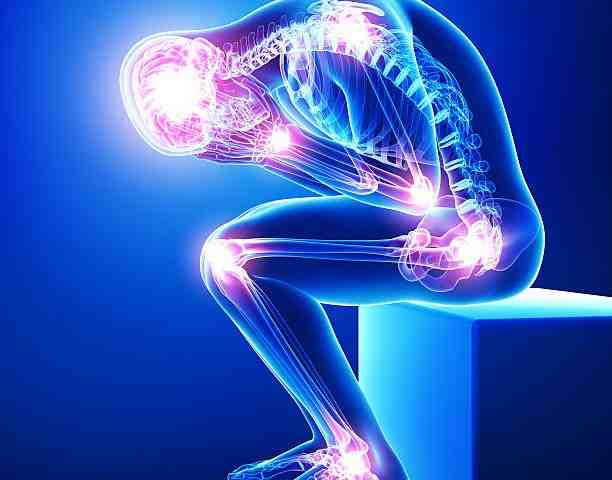A New Study Shows Significant Reduction in Spinal Reoperation with Chiropractic Care

Referred Pain After a MVA – What is It?
March 20, 2024
Filing a Claim After a MVA (Motor Vehicle Accident)
March 25, 2024New Study Shows Significant Reduction in Spinal Reoperation with Chiropractic Care
A new study published in January 2024 in BMC Musculoskeletal Disorders highlights a potential treatment option for patients experiencing chronic lumbosacral radiculopathy (LSR) following a lumbar discectomy. Conducted by Robert J. Trager and his team, the study examined the association between chiropractic spinal manipulative therapy (SMT) and lumbar spine reoperation rates among patients with sciatica type symptoms over a two-year follow-up period. Dr. Deryk Harting, a talented chiropractor at one of the highest rated auto injury medical care providers, Chambers Medical Group of Tampa, Florida, discusses the new study that shows significant reduction in spinal reoperation with chiropractic care.
Lumbar discectomy, a common surgical procedure for herniated intervertebral disc material, aims to alleviate lower extremity pain, numbness, tingling, or weakness associated with LSR. However, a significant proportion of patients continue to experience LSR even after surgery, often leading to the need for additional lumbar spine surgery. Alternative and effective post-surgical treatment options are critical as reoperation rates range from 6 to 12%.
The retrospective cohort study utilized an extensive network of health records in the United States to identify adults with LSR who had undergone lumbar discectomy at least one year prior. Patients were divided into two groups: those receiving chiropractic SMT and those receiving usual care without SMT. A statistical technique called propensity matching was applied to the group of 756 patients to adjust confounding variables such as gender and age for a more accurate analysis.
After propensity matching, the study found that patients receiving SMT were significantly less likely to undergo lumbar spine reoperation compared to those receiving usual care without SMT. The incidence of reoperation was 7% in the SMT group versus 13% in the usual care group. This represents a substantial 45% reduction rate associated with SMT.
These findings offer promising implications for the clinical management of patients with chronic LSR post-discectomy. The study’s author also acknowledges certain limitations, such as potential unmeasured confounding variables and the need for further research studies to confirm the observed association. While SMT appears to be associated with a reduced risk of reoperation, additional research is needed to explore its effects on permanent disability and safety in this patient population.
In conclusion, this study provides compelling evidence suggesting that SMT may play a crucial role in reducing the likelihood of lumbar spine reoperation among patients suffering LSR after lumbar discectomy. While further research is warranted to confirm these findings and clarify the underlying mechanisms, the study represents a significant advancement in improving post-discectomy care and enhancing patient outcomes.
A link to the study can be found here: https://bmcmusculoskeletdisord.biomedcentral.com/articles/10.1186/s12891-024-07166-x
Study Citation: Trager, R.J., Gliedt, J.A., Labak, C.M. et al. Association between spinal manipulative therapy and lumbar spine reoperation after discectomy: a retrospective cohort study. BMC Musculoskelet Disord 25, 46 (2024). https://doi.org/10.1186/s12891-024-07166-x
— This article is written by Deryk Harting, DC, one of the members of Chambers Medical Group’s team of car accident chiropractors who offer a variety of treatments and therapies ranging from diagnostic testing to various soft tissue therapies for car accidents and injuries in Florida.
- Car Accident Medical Clinic in Tampa
- Car Accident Medical Clinic in Plant City
- Car Accident Medical Clinic in Brandon
- Car Accident Medical Clinic in Lakeland
- Car Accident Medical Clinic in Sarasota
- Car Accident Medical Clinic in Louisville
- Car Accident Medical Clinic in Lexington
- Car Accident Medical Clinic in Florence




